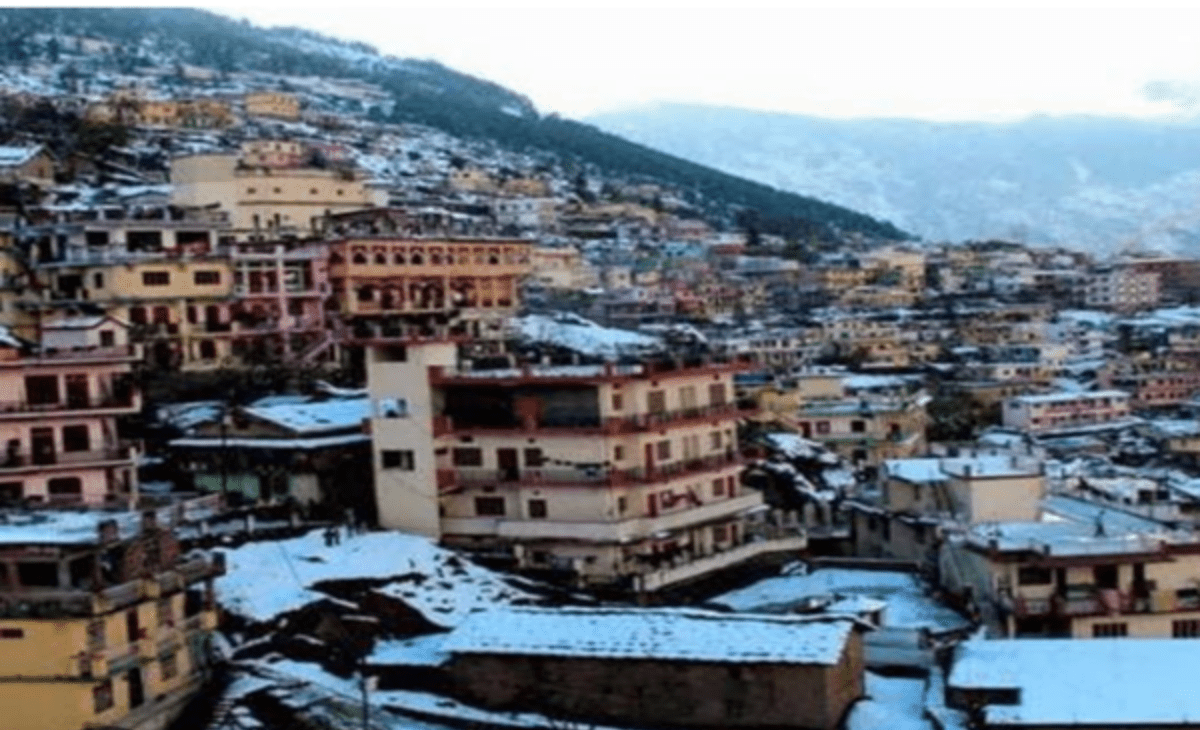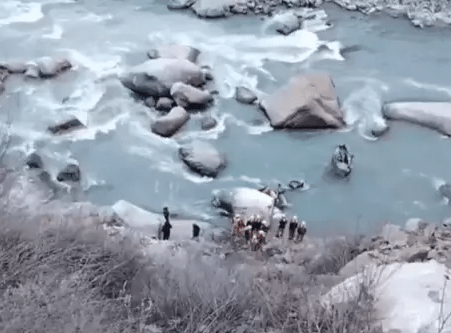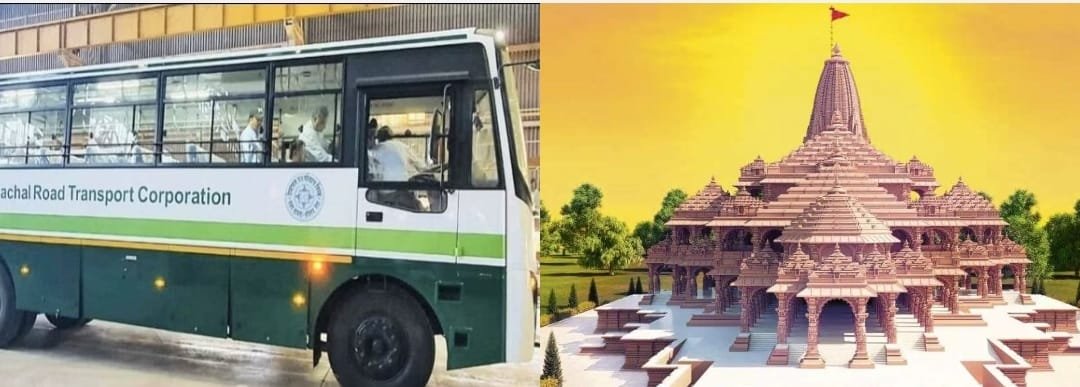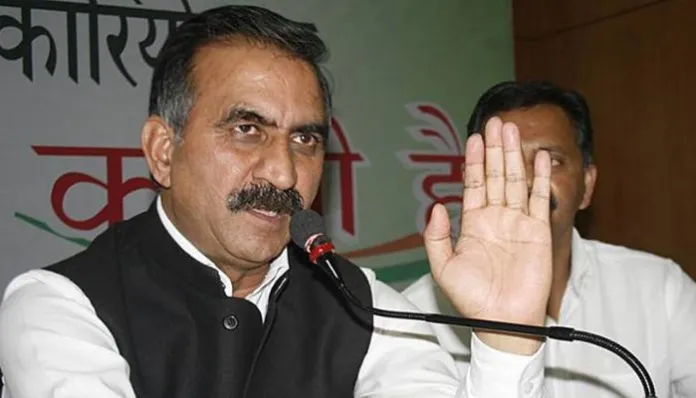Travel with TNR: Vital town on way to Badrinath Dham, it faced massive evacuation after subsidence in 2023
Himani Sharma
Joshimath, also known as Jyotirmath, is a town and municipal council nestled in the Chamoli district of Uttarakhand at an elevation of 6,150 feet.
Revered for its profound religious and historical significance, the town has stood witness to centuries of spiritual and cultural heritage. It serves as a crucial halting point for pilgrims journeying to the sacred Badrinath Dham.
During winter, when the Badrinath temple is closed due to snowfall, the idol of Lord Badrinath is ceremoniously relocated to the Vasudev temple in Joshimath, where it is venerated for six months.
Joshimath hailed as second abode of Badrinath
Owing to this tradition, Joshimath is often hailed as the “second abode” of Badrinath. In the 8th century, the great philosopher-saint Adi Shankaracharya attained enlightenment under a mulberry tree here, now known as the Kalpavriksha.

It was at this very place that he established the first of his four monastic centres (mathas), known as the Jyotish Peeth. The town is also home to ancient temples dedicated to Lord Narasimha (an incarnation of Lord Vishnu) and Goddess Durga.
Strategically referred to as the “Gateway to the Himalayas”, Joshimath facilitates access to prominent religious sites such as Badrinath, Kedarnath and the Valley of Flowers. Throughout its history, the region has seen the rule of various dynasties, including the Katyuris, Gorkhas and later the British. Due to its proximity to the India-China border, the town is of immense strategic importance and houses key establishments of the Indian Army, the Indo-Tibetan Border Police (ITBP), and the Border Roads Organisation (BRO).
Major factors responsible for subsidence in Joshimath
The gravest threat facing Joshimath today is the phenomenon of land subsidence, a slow but relentless sinking of the land. This is not a sudden catastrophe, but rather a culmination of long-standing, interconnected issues.
The major contributing factors include: Unstable geological foundation, as Joshimath is precariously built atop ancient landslide debris, loose, unconsolidated materials that inherently lack the stability to support sustained development; haphazard urbanisation, with unregulated construction and aggressive infrastructure projects, including indiscriminate road expansion, overloading the land and disrupting its natural balance.
Poor drainage infrastructure, where inadequate systems for channelling rainwater and household runoff have allowed water to percolate into the subsoil, have gradually eroded the land’s structural integrity. Riverbank erosion, with continuous erosion by the Alaknanda and Dhauliganga rivers, has further undermined the slopes, contributing to the area’s vulnerability.

Seismic activity, as the town is situated in a seismically active zone, and even minor earthquakes exacerbate the already fragile conditions. Hydroelectric projects and tunnel drilling for hydroelectric power projects has allegedly pierced underground aquifers, leading to the depletion of natural springs and increasing geotechnical instability.
In 2023, widespread cracks began to appear in numerous homes and buildings, prompting mass evacuations. The government responded with relief camps, financial assistance, and temporary housing for affected families. Nonetheless, the process of subsidence, while slower, has not abated.
Local activist group fighting for town’s survival
The Joshimath Sangharsh Samiti, a local activist group, continues to demand decisive, long-term solutions. Their key demands include relocation and rehabilitation by developing a planned, disaster-resilient settlement for displaced residents and slope stabilisation measures through implementing afforestation and grass plantation on vulnerable slopes to curb erosion.
They have also demanded construction restrictions by enforcing a ban on heavy construction as advised by the 1976 Mishra Committee report and modern drainage solutions by establishing robust drainage networks to prevent further seepage-related damage.
“The survival of Joshimath hinges on urgent, coordinated action. Government agencies, scientists, engineers and local communities must collaborate to devise and implement sustainable solutions. Without prompt intervention, this sacred town, an emblem of spiritual and natural beauty, risks fading into history,” says Vinay Chauhan, a green activist.





